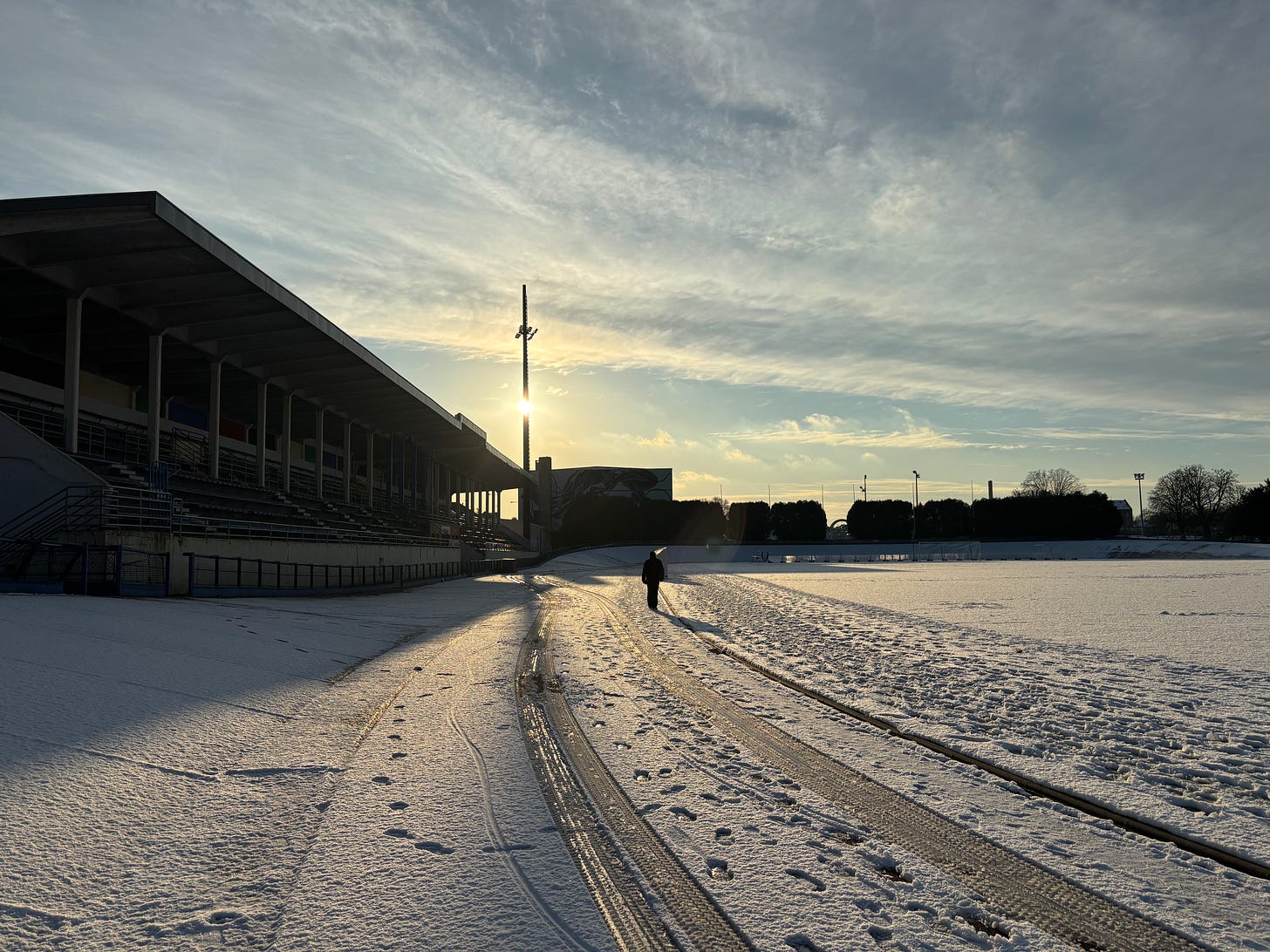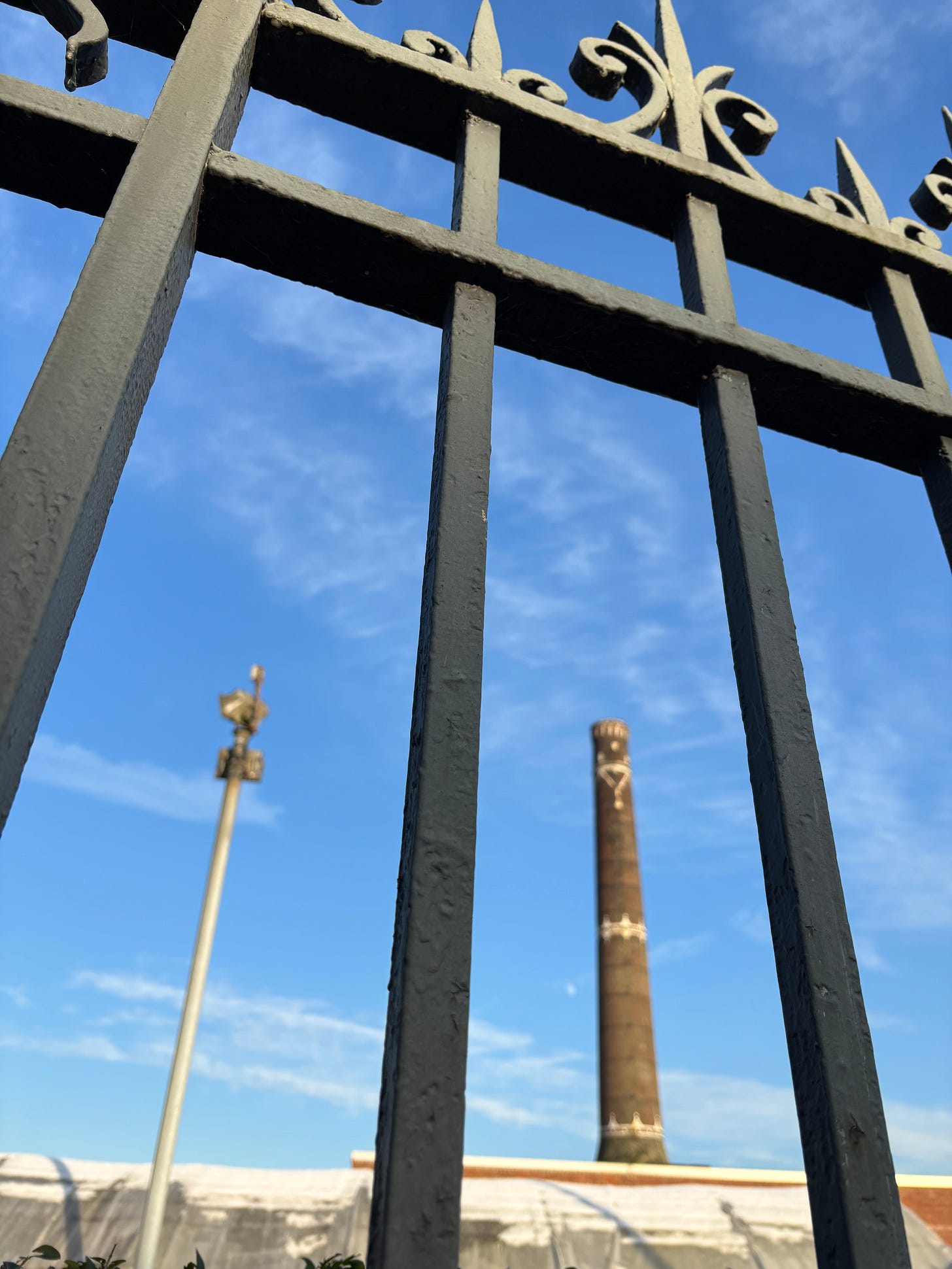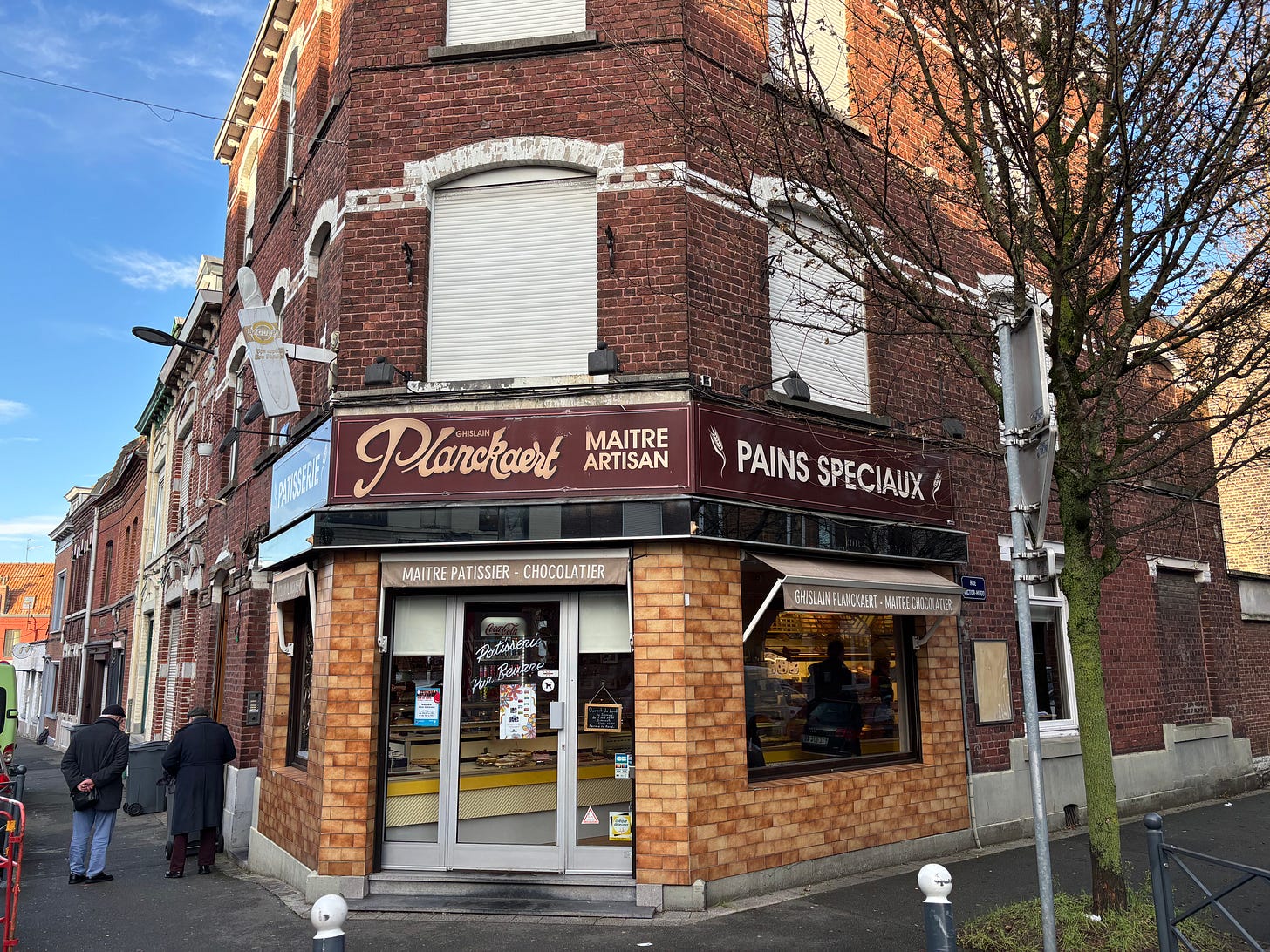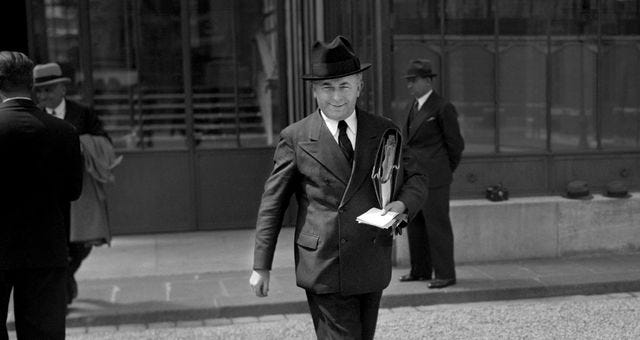I’m in Roubaix on podcast business. If you don’t listen to Never Strays Far, that’s OK. But you might like it. Sometimes it’s just me on a trip, like this time. Other times I chat to friends, like I did yesterday, when I caught up with Al Murray. And next week I will spend time with David Millar and Pete Kennaugh, and who knows, we might genuinely talk about cycling.
In Roubaix, it’s kind of impossible not to mention cycling at some point, although I did find myself wondering what the locals really think of the fact that the cycling world fetishises their home town, for the simply reason that it hosts the greatest one-day race of them all. I suspect, most of the time, they couldn’t give two hoots.
Roubaix, a bit like Liège, gets unfairly maligned, I think. Especially in the Anglosphere. We like our foreign places to be charming and twee, or beautiful, or grandiose. We like them less when they remind us of Crewe or Gillingham. Roubaix, to anyone with a passing familiarity with post-industrial decline across Britain, will look, at least in part, very familiar.
Though it is surrounded by coal mines, it was actually the wool industry that put Roubaix on the map in the 19th century, funding the building of a proud and pompous Hôtel de Ville. Industry, and lots of it built Roubaix. There were once 350 chimneys here, like this one, belching out smoke and making the industrial magnates of the Nord extremely rich.
The good times (at least for the factory owners) lasted into the 20th century, and resulted in a number of impressive art deco and art nouveau buildings going up, some of which have survived. But the inner town has been hollowed out.
Its extensive network of terraced streets are sometimes run down (each house is different, following the Belgian tradition). The centre of Roubaix has high levels of unemployment, and is now home to a largely North African population, who live and work there, and have done for a long time. There are a glorious number of very tempting patisseries and restaurants selling food from across Morocco, Algeria and Tunisia. Alongside those businesses, the long-established and very Flemish names persist too. Roubaix, like so many other places, has a real mixture of heritages.
There is, also, inevitably, the Rue Victor Hugo, which I couldn’t resist walking along, given my recent obsession.
It was through these streets that I made my way to see the André-Pétrieux velodrome, where the race finishes. I walked along the avenue which features the final cobbled sector of Paris Roubaix, before the winning riders turn right an into the approach to the track. I noticed that the avenue bears the name of Roger Salengro, a name which meant nothing to me. But I looked him up.
Salengro was 3 times the mayor of Lille, and went on to serve as Minister of the Interior under Léon Blum, the former socialist Prime Minister of France before and after the second world war. Salengro had been captured in the Great War, and spent three brutal years in prison camp, which he only just survived. When he was released, he weighed only 42 kg.
But it was during his time in government that he was the victim of a baseless smear campaign by the far-right nationalists Action Française. They published a libel which claimed that Salengro had in fact not been in captivity during the war, but had deserted and spent three years on the run. There was not a shred of evidence to support this claim. Blum even insisted that it was voted on in the Assemblée Nationale, resulting in a resounding defeat for the conspiracy theorists. And yet the lie never quite went away. Once out there, there would always be a number of people prepared to believe it, and that its denouncers were in fact covering up the truth.
Ring any bells in 2025? The chilling ending to the story is that Salengro was driven to take his own life by the calumny. He died by suicide in November 1936, 4 months after the fake news had first been published. If there is a lesson in all of this for the here and now, then it is so terribly obvious that it shouldn’t need saying. I read this story just days after Facebook have decided to sack all their fact checkers. We truly are living in a post truth world, but this sad tale of Roger Salengro is a reminder that perhaps we always have been.
I will certainly remember this story when the next lone leader makes her or his way down the Avenue Roger Salengro before the second most famous right turn in cycling. In case you are wondering, I have decided that the actual most famous right turn is off the Place de la Concorde and onto the Champs Élysées. And I have also ordained that the third most famous right hand turn is off the main road and onto the Poggio in Milan Sanremo. Tell me I am wrong in the comments below, if you must.
Anyway, it was strange to see the velodrome under an inch or two of snow. I was the only person there save for a few hardy teenagers who had turned up for football practice, and were instead running on the crunching ice instead, just to keep warm. I can’t wait for the spring already. It can’t come soon enough.
I’m off to an event shortly which I will report back on in full in the next episode of the pod. In the meantime, please stay warm. Oh, and would you please consider becoming a paying subscriber to support my writing? I think that you might not notice donating £3.50 a month really. But I sure as hell would. Thank you!










I was so shocked to hear the Roger Salengro story. Plus ça change - we learn nothing.
I visited Roubaix last year for the start of the Trans Continental race to Istanbul starting at the velodrome. We visited the museum in the old swimming baths off Rue d’Esperance, Musee Piscine, I think. A fabulous building and the art is not too shabby either. Worth a visit if you have some time to kill.